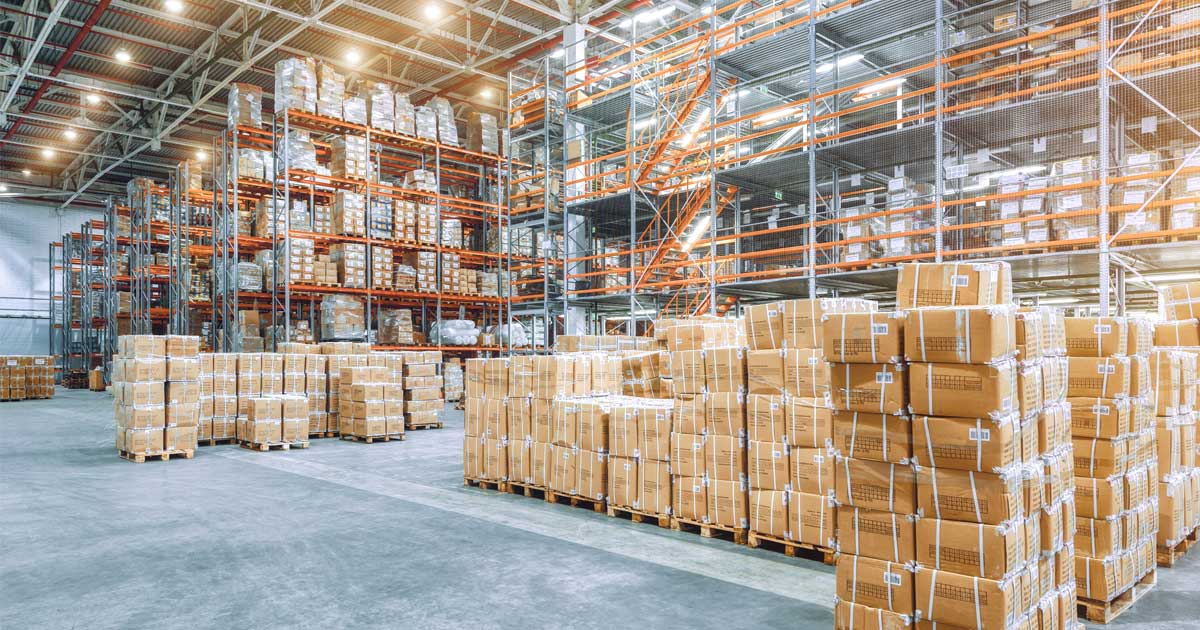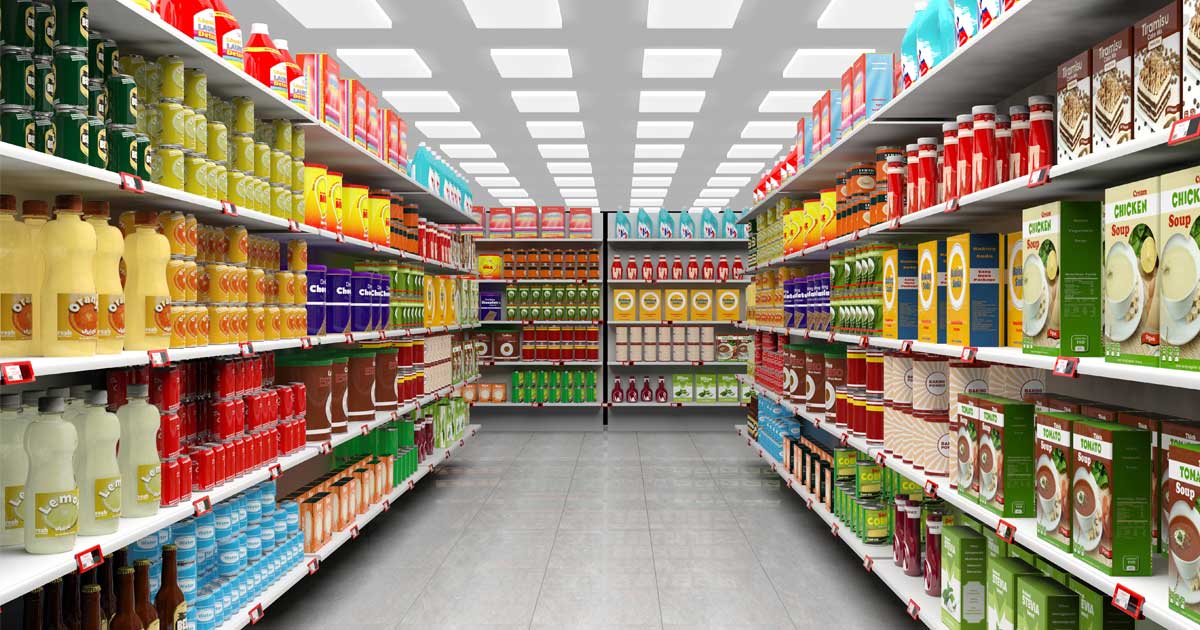All packaging isn’t created equal. If you’re trying to select the right packaging for your products and brand, there is no “one size fits all” solution. Instead, “the best” packaging depends on multiple factors.
You may have heard mentioned two main types of packaging: consumer and industrial packaging.
What is the difference between consumer and industrial packaging? Here, we’ll look closely at three key differences between these important packaging types.
1. Purpose
Consumer and industrial packaging are inherently different in purpose. Also called "storage packaging" or "transportation packaging," industrial packaging exists to protect goods while getting them securely from their production points to retail locations. Primarily used for shipping, transporting, and storage, industrial packaging is not explicitly intended for interaction with end users, AKA consumers.
This is where consumer packaging comes in. This type of packaging is designed for an audience of individual consumers. While consumer packaging has a protective element, its primary purpose is to capture consumers' attention — and make a positive impression.
2. Materials
Depending on their contents, both consumer and industrial packaging are made with various types of materials. Factors like the nature of the goods, weight, size, and destination all come into play.
Because industrial packaging may comprise multiple packaging components as it progresses along the supply chain, it may be made with several packaging materials, including:
- Wood crates and palettes, which are necessary for supporting heavy items
- Polypropylene, which is used as cushioning to safeguard items from damaging each other
- Corrugated cardboard, one of the most prevalent industrial packaging solutions thanks to its cost-effectiveness, durability, and sustainability
Consumer packaging may also be made with different materials, such as bottles, jars, ampules, and tubes. As with industrial packaging, corrugate and other types of cardboard are among the most popular choices.
In both cases, customizability can be beneficial. With industrial packaging, customizability can help keep costs low through strategies like rightsizing. With consumer packaging, customizability is an invaluable branding and marketing tool. It seeks to answer the question: What’s the best way to compel shoppers to choose a particular product over the others surrounding it on the shelf?
However, this isn’t to say that the appearance of industrial packaging doesn’t matter. Shipping, transport, and storage encompass multiple touchpoints. Eye-catching industrial packaging can help build brand familiarity, loyalty, and engagement across these interactions.

3. Requirements
As mentioned earlier, a primary difference between consumer and industrial packaging comes down to purpose. This leads to another difference between consumer directly correlates with packaging requirements.
With the primary purpose of industrial packaging being safely moving products between points, it follows that durability is a paramount concern. After all, any damage that occurs either during transport or storage directly impacts the bottom line.
Industrial packaging can also be financially advantageous in other ways, too. For example, mindful industrial packaging can maximize a product’s shelf life, minimize storage needs, optimize shipping speed and labor, and support sustainability.
The result? Increased efficiency, affordability, and environmental upsides for manufacturers, retailers, and consumers.
That brings us to the requirements for consumer packaging. Above everything else, consumer packaging is about branding. How does it convey and differentiate your brand message? Things like colors, materials, and design can all help your brand tell its story in the most engaging way.
But that’s not all consumer packaging has to do. There’s plenty of overlap between requirements for consumer packaging and industrial packaging. For example, consumer packaging should protect its contents while being designed for efficiency across everything from space to cost. Eco-friendly consumer packaging is also increasingly important as more shoppers consider the impact of the brands they support.
Finally, consumer packaging must meet the Federal Trade Commission's specific packaging and labeling requirements. Adhering to these not only means that consumers will have access to the information they need to make informed purchases, but it also ensures compliance.
Looking for more information on the difference between consumer and industrial packaging or other packaging types, such as the difference between primary and secondary packaging? At Bay Cities Packaging & Design, we specialize in all aspects of packaging. Whether you’re looking to upgrade to custom packaging, improve your sustainability, or simply wondering where to begin when finding the best packaging for your brand and products, we’re eager to help.



/BC_Logo2_White.png?width=300&height=83&name=BC_Logo2_White.png)